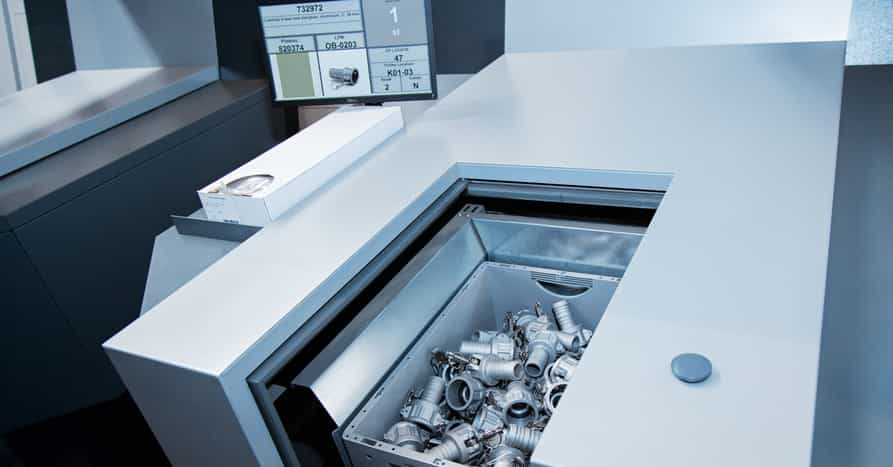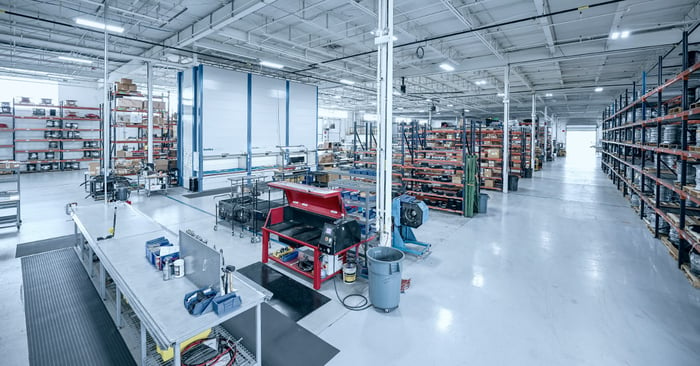The terms “inventory tracking” and “inventory traceability” are often used interchangeably in warehousing and distribution. But they actually mean different things—and both are extremely important to inventory control for very different reasons.
Inventory Tracking
Inventory Tracking is product specific record keeping. It means capturing and maintaining records that track a product’s movement from the point of its receipt in your facility to its point of departure at shipping, and maintaining those records for a given period of time after the item is no longer in your possession in case of a future recall. Getting the word out as quickly as possible to persons whose safety is potentially affected by the discovery of a product defect—such as tainted food, mis-formulated medication, a faulty medical device or a jet engine part prone to overheating—is critical. Such as the case with Jazz Aviation.
Inventory Traceability
Inventory Traceability is operator performance specific. That is, capturing information about whom within your facility was the last to access a tool crib and check a part out, for example, or recording data about individual associate productivity when performing a specific process for later evaluation. While not related to consumer safety, traceability IS highly important to operational metrics, such as throughput, compliance with safe practices, uptime and more.

Automation and Inventory Management Software
As you might guess, both inventory tracking and tracing are enabled by inventory management software. It would be far too difficult to maintain and search records about item and personnel movement quickly or efficiently with manual record keeping on paper, or even in a spreadsheet. But with the right software, both processes can be easily enabled and utilized on demand.
But wait. You don’t have a warehouse management system (WMS) keeping track of inventory or a labor management system (LMS) tracking your associates? You’re in luck. You get both trackability and traceability functionality from the inventory management software integrated with automated storage and retrieval systems (ASRS) such as a Horizontal Carousel Module, Vertical Carousel Module, Vertical Lift Module or Vertical Buffer Module.
That’s because this software not only tracks specific details about every part the AS/RS holds (serial numbers, lot number, batch numbers and other identifiers), it also generates reports that can be sliced and diced multiple ways—as well as searched quickly.

For highly regulated industries—such as medical devices and pharmaceuticals—the same AS/RS inventory management software functionality can be leveraged for inventory tracking by generating a complete record of the item, the date it was picked, the operator who picked it and the order it fulfilled. Should a defect be identified or a recall required, the software can quickly determine the locations of both stocked and shipped products.
The same inventory management software also provides associated inventory traceability. That’s because, in order to access stored contents, authorized operators can be required to first input a software-traceable personal login and password or scan an ID badge. For operations wishing to keep track of consumables (such as lubricants and filters) or shared tools and gear (from screwdrivers and ratchets to welding helmets and other safety items) required to service equipment, this additional measure of accountability allows depleted, missing or misplaced items to be quickly traced back to an individual. This significantly minimizes downtime when critical equipment needs servicing, for example.
As a further side benefit to inventory traceability, because an AS/RS machine can be secured and set to require a software-traceable personal login before operation, it allows missing or misplaced goods to be traced back to an individual. The enhanced level of accountability and security eliminates inventory shrink due to theft and minimizes its negative impact on the bottom line.
Case Study: Inventory Track & Trace
In real life, Jazz Aviation in Ontario, Canada uses 2 Vertical Lift Modules integrated with inventory management software to track over 20,000 SKUs from inventory receipt throughout to the distribution channel.





